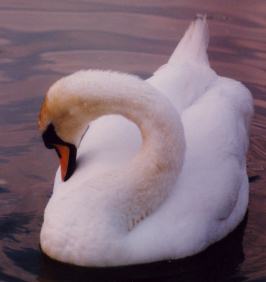The Pleasure of Writing the Truth
We chemists can publish hundreds of figures. Just think at the experimental section of an average article and the part of that section that describes NMR data.
How many times you find the symbol "m" for multiplet? It's a lot of times. Sometimes really there was no viable alternative, other times, however, it was possible to describe that multiplet (or rationalize it) as "ddd" or something similar. It does not happen because of laziness. The values of the coupling constants are not reported in such a case.
Other times the J values are reported, but under the first order approximation. We know that this approximation is often valid. We also know, however, that many times it is not accurate. Modern NMR programs includes analyzers of first-order multiplet. It's unfortunate that their marketing always forgets that second order spectra exist in abundance! Obviously people begin to believe that this ignorance is forgivable ("Everybody is using that pretty multiplet analyzer…").
Methods to simulate a spin system and fit it against a complex experimental spectrum have been available for decades. They aren't completely automatic and require a little of attention and time by the part of the user. This small investment is balanced by the fun of fitting (because normally it's funny).
Last, but not least, when it's time to write your articles you know your figures are as true and accurate as they can be!
Strangely I don't remember any cross-platform program that performs both simulation and fitting. I remember SpinWorks, WinDNMR and Perch for Windows and iNMR for the Mac. Three general methods (algorithms) are known: LAOCOON, Total Line Shape Fitting and manual fitting. The latter is not an algorithm and has no mathematical basis, yet it's often the most practical one. It is very useful to have all the three methods inside the same program, and it should be an all-purpose processing program (you save the effort of moving data between applications).
I have gathered a few links in case you want to practice the art of simulation on your Mac:
http://www.inmr.net/articles/nmrdb.html
http://www.inmr.net/articles/fitab.html
http://www.inmr.net/articles/hobut.html
http://www.inmr.net/articles/dipolar.html
http://www.inmr.net/articles/DNMR.html

0 Comments:
Post a Comment
<< Home